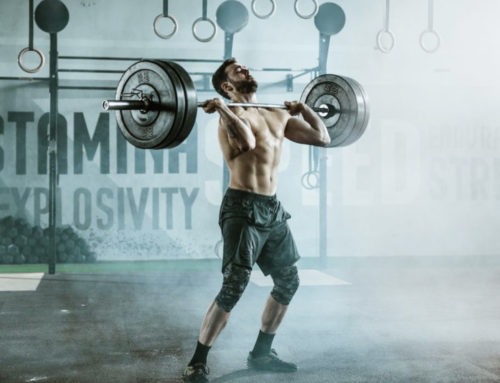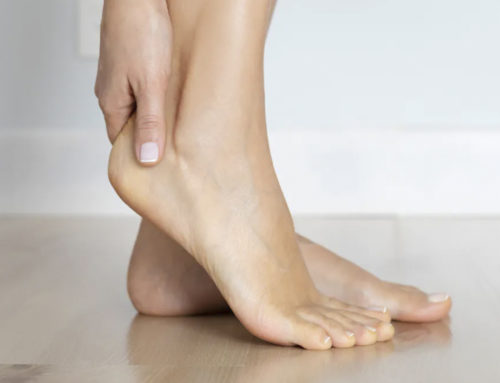In the ever-evolving world of fitness, enthusiasts are constantly on the lookout for innovative ways to optimize their training routines. One trend that has gained popularity in recent years is the use of barefoot shoes for gym workouts. These minimalist footwear options promise a more natural and connected experience with the ground, but are they the right choice for your fitness journey? In this blog post, we will explore the pros and cons of barefoot shoes for gym workouts to help you make an informed decision.
Pros of Barefoot Shoes for Gym Workouts
- Enhanced Foot Strength: One of the primary benefits of barefoot shoes is that they encourage the development of foot strength. When you work out in traditional sneakers with thick cushioning and arch support, your feet may become dependent on these features. Barefoot shoes, on the other hand, force your feet to engage muscles and stabilize themselves, ultimately improving your overall foot strength.
- Better Balance and Stability: Barefoot shoes provide a greater sensory connection between your feet and the ground. This heightened awareness can lead to improved balance and stability during exercises like squats, deadlifts, and yoga poses. Enhanced proprioception can also reduce the risk of ankle sprains and other injuries.
- Natural Foot Movement: Barefoot shoes allow your feet to move more naturally, mimicking the feeling of walking or running barefoot. This can improve your biomechanics and help prevent common issues like overpronation or supination.
- Lightweight and Flexible: Most barefoot shoes are lightweight and flexible, offering a more natural range of motion for your feet. This can be especially advantageous for exercises that require agility and quick footwork, such as plyometrics and HIIT workouts.
- Improved Posture: Over time, wearing barefoot shoes can help correct posture issues by encouraging a more neutral alignment of the spine and pelvis. This can have positive effects on your overall body mechanics and reduce the risk of back and hip pain.
Cons of Barefoot Shoes for Gym Workouts
- Transition Period: Transitioning to barefoot shoes can be challenging for some individuals. If you’ve been wearing traditional athletic shoes for years, your feet may require an adjustment period to adapt to the new sensation. This transition can be uncomfortable and may lead to foot soreness initially.
- Lack of Cushioning: Barefoot shoes typically offer minimal cushioning, which may not be suitable for everyone, especially if you have preexisting foot conditions or require extra support due to injury. Activities with high-impact forces, like running or jumping, might be less comfortable in barefoot shoes for some individuals.
- Limited Protection: These shoes provide minimal protection from external hazards such as sharp objects or extreme weather conditions. If your gym environment is less than pristine, you may need to be more cautious.
- Not Ideal for All Workouts: While barefoot shoes are excellent for strength training, balance exercises, and flexibility routines, they may not be the best choice for activities like long-distance running, where additional cushioning and support are often needed.
- Cost: High-quality barefoot shoes can be relatively expensive compared to traditional athletic footwear. Be prepared to invest in a quality pair if you decide to go down this path.
The decision to wear barefoot shoes for gym workouts ultimately depends on your individual preferences, fitness goals, and physical condition. While they offer numerous benefits, such as enhanced foot strength, improved balance, and a more natural range of motion, they may not be suitable for everyone. It’s essential to consider the pros and cons carefully and, if you decide to make the switch, be patient during the adjustment period.
Before making any significant changes to your workout footwear, consult with a healthcare professional or fitness expert to ensure that barefoot shoes align with your specific needs and goals. Ultimately, the right footwear can contribute to a more effective and enjoyable gym experience






